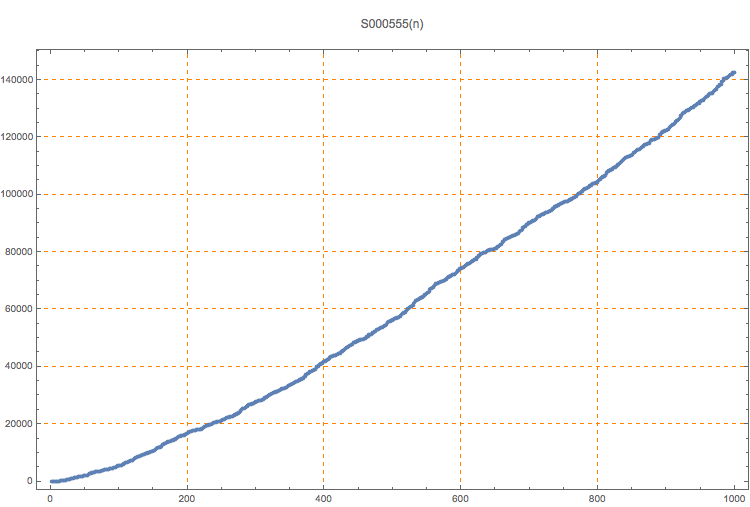Primes p such that p+2 is prime and p+6 has 2 or fewer prime factors.
3, 5, 11, 17, 29, 41, 59, 71, 101, 107, 137, 149, 179, 191, 197, 227, 281, 311, 347, 431, 461, 521, 617, 641, 809, 821, 857, 881, 1031, 1049, 1061, 1091, 1151, 1277, 1301, 1427, 1451, 1481, 1487, 1607, 1667, 1697, 1721, 1787, 1871, 1877, 1931, 1997, 2027
1
Here we select the third number to have two prime factors. Heath-Brown and Li show the sequence is infinite for some fixed number (not necessarily 2). Here we let the second number be prime; see S000557 and S000558 for another case.
T. D. Noe, Plot of 1000 terms
T. D. Noe, Table of 1000 terms
D.R. Heath-Brown and Xiannan Li, Almost prime tripes and Chen's Theorem, arXiv 1504.0533 (Apr 02 2015).
(Mma) Select[Prime[Range[5000]], PrimeQ[#+2] && Total[Transpose[FactorInteger[#+6]][[2]]] <= 2 &]
Cf. A022004 (p, p+2, and p+6 are prime), S000556, S000557, S000558.
nonn
T. D. Noe, Apr 03 2015
